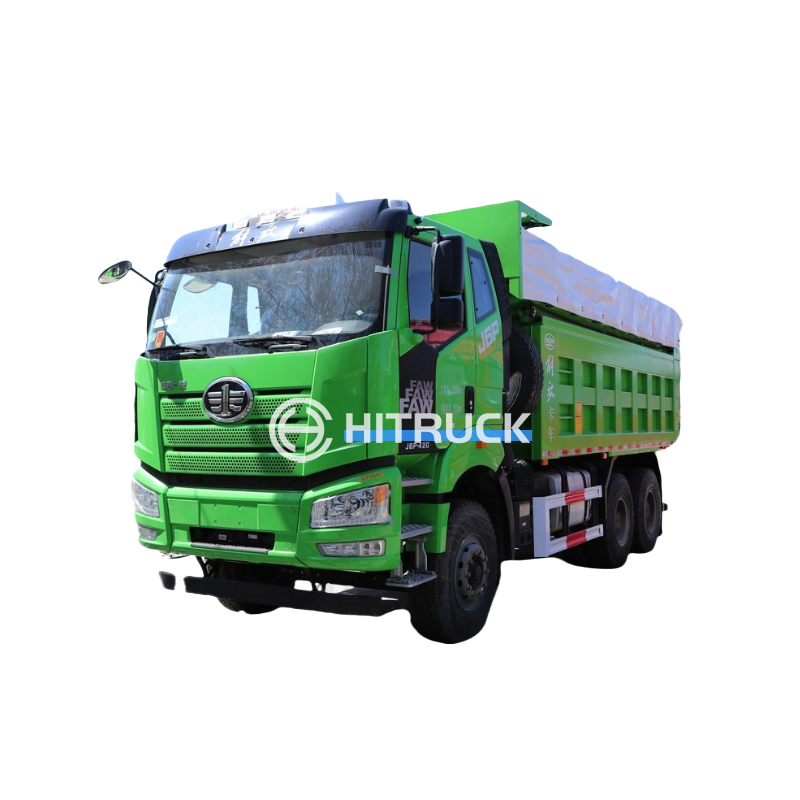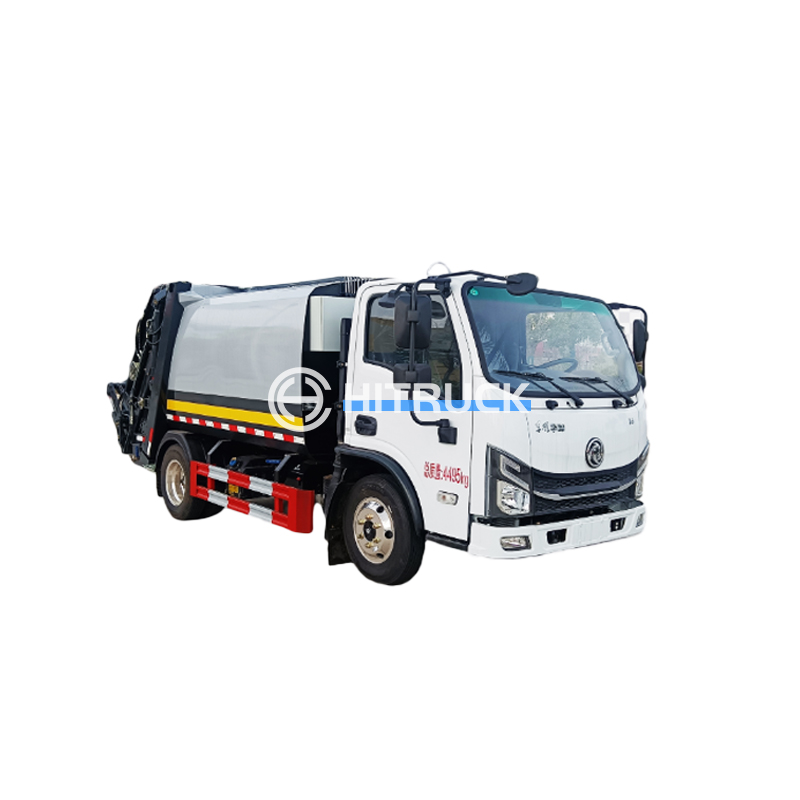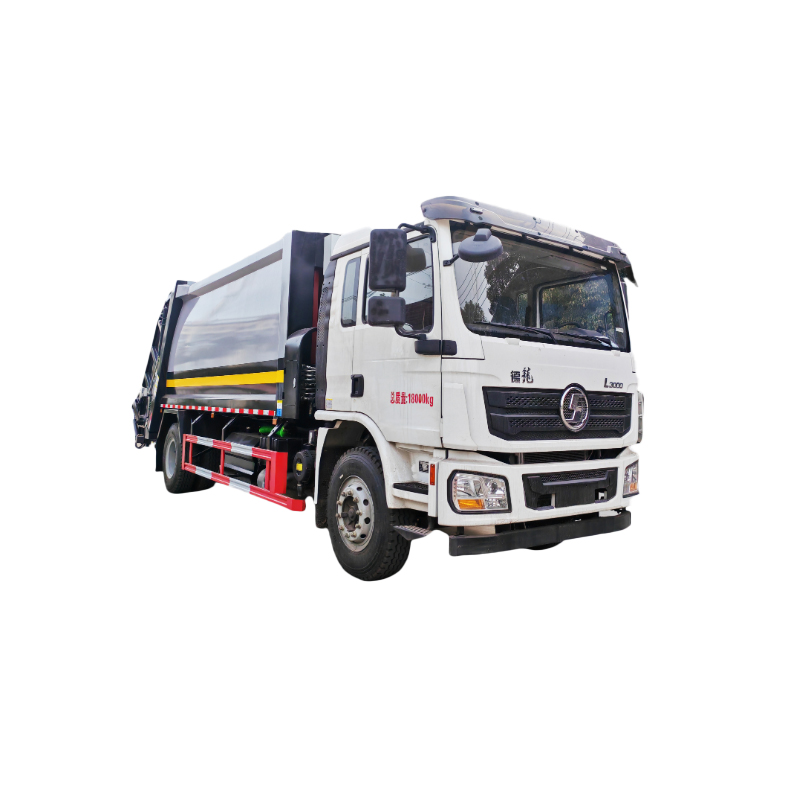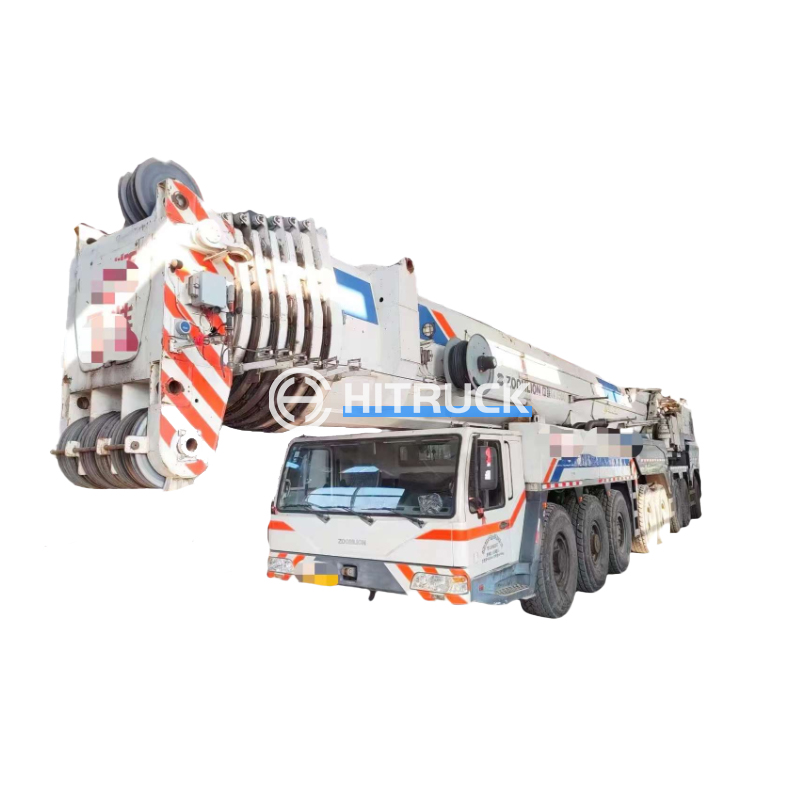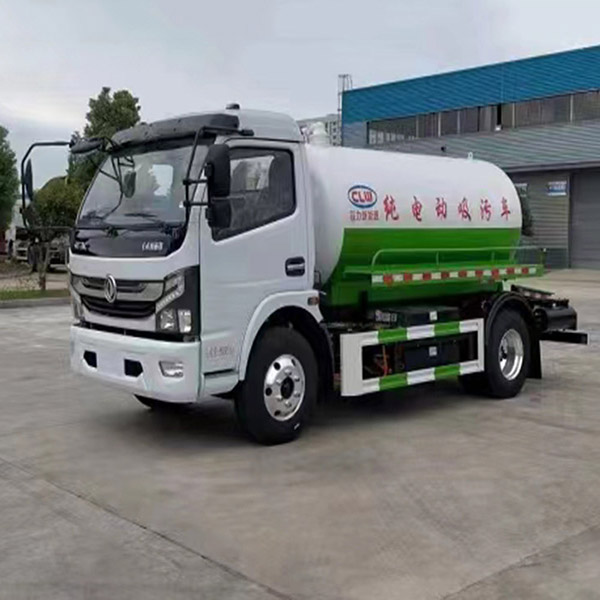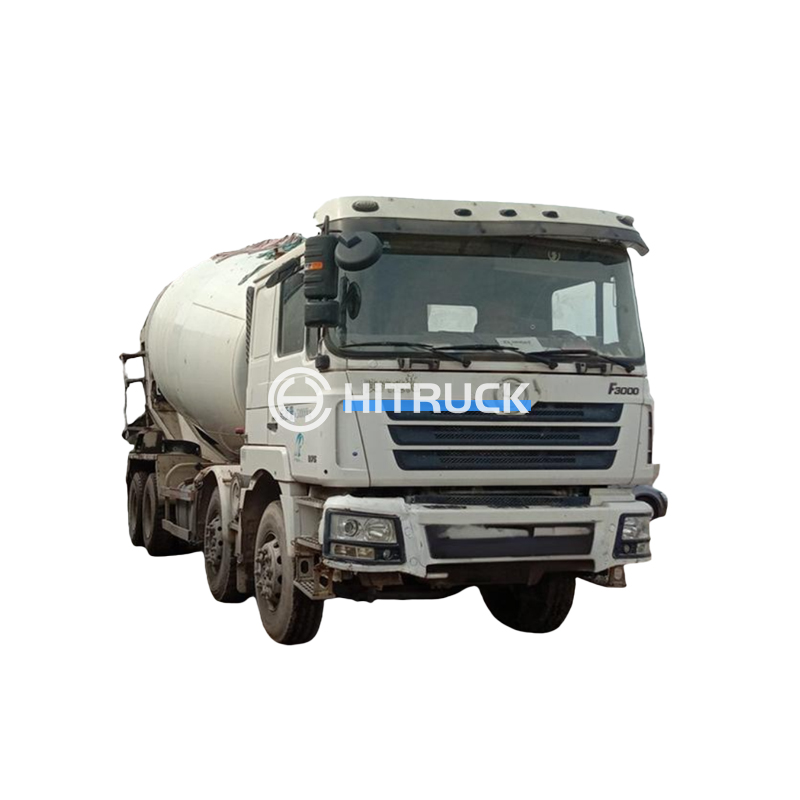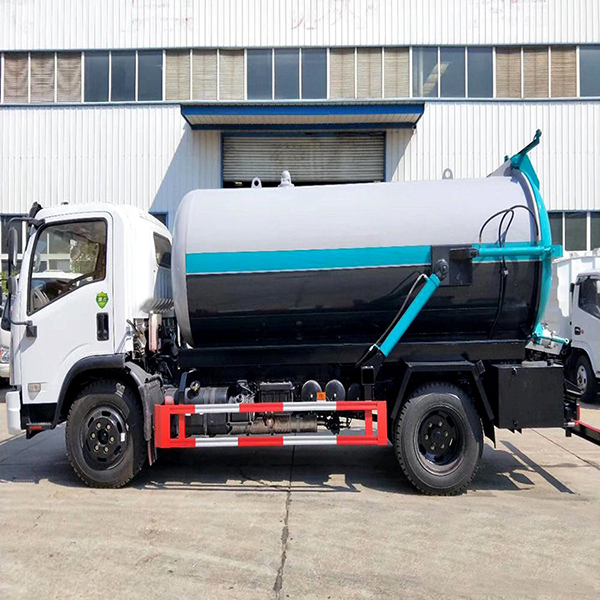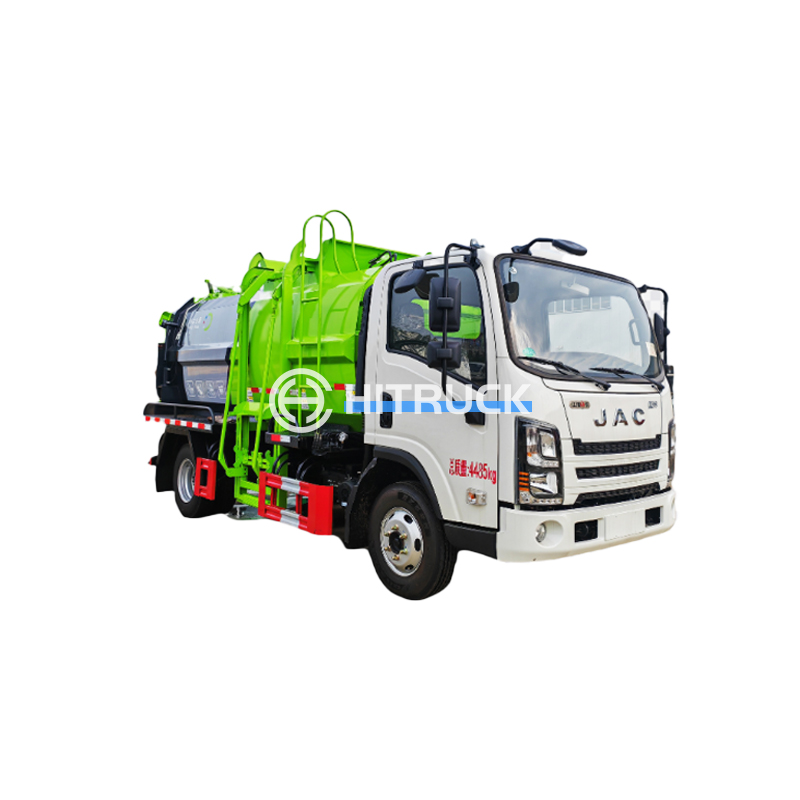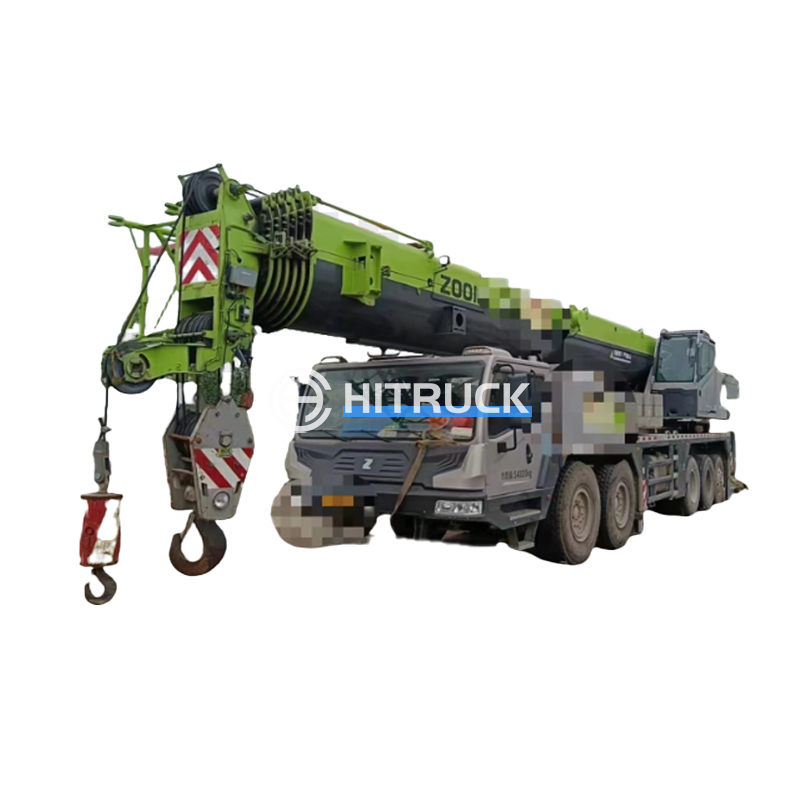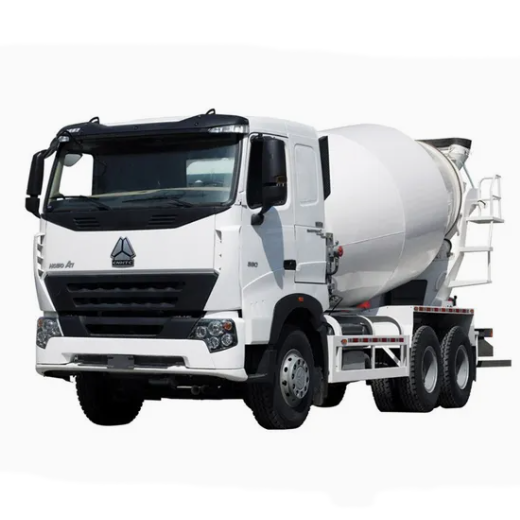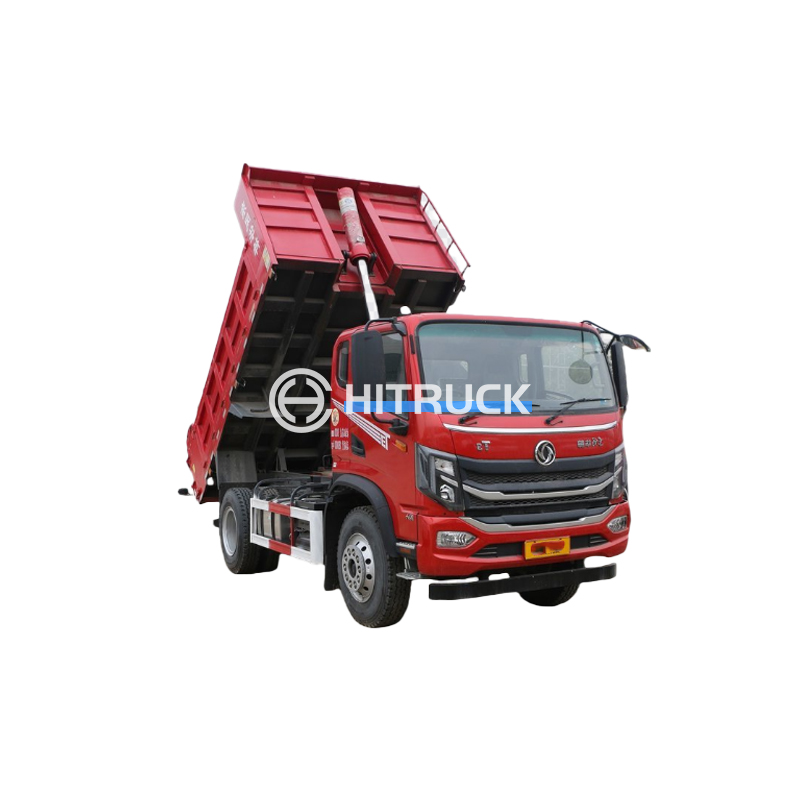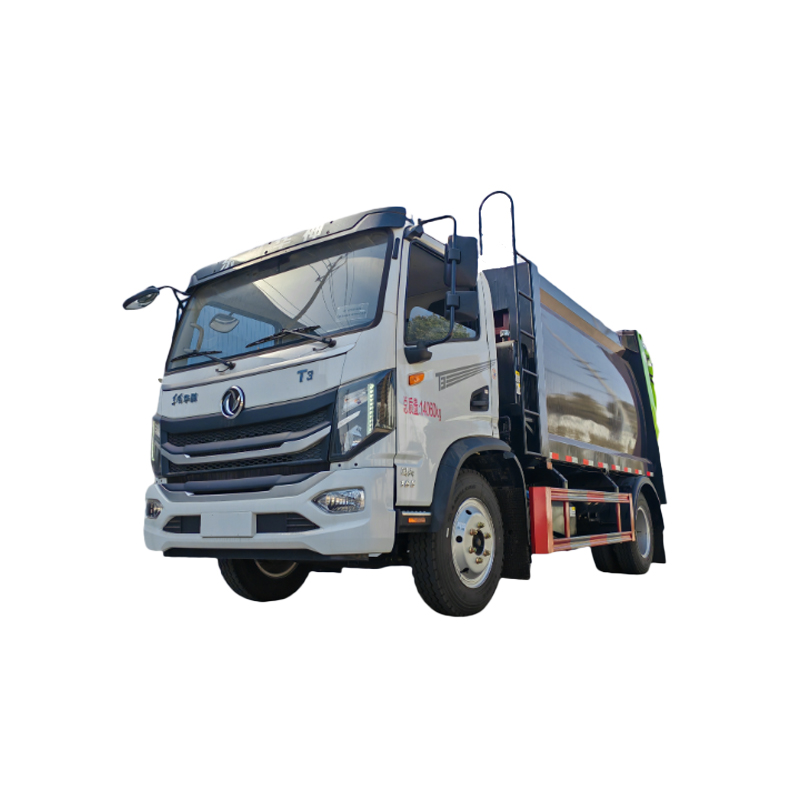Ensure the longevity and safety of your overhead cranes with expert overhead crane servicing. This guide covers everything from preventative maintenance schedules to emergency repairs, helping you understand the crucial aspects of maintaining your crane system.
Regular overhead crane servicing is paramount for several reasons. First and foremost, it significantly reduces the risk of accidents. Malfunctioning cranes can lead to serious injuries or fatalities, resulting in costly legal battles and reputational damage. Beyond safety, preventative maintenance minimizes downtime. A well-maintained crane experiences fewer unexpected breakdowns, keeping your operations running smoothly. Finally, regular servicing extends the lifespan of your crane, saving you money on premature replacements. Ignoring overhead crane servicing leads to higher repair costs in the long run, making preventative maintenance a financially sound strategy.
During a typical overhead crane servicing inspection, technicians often identify issues such as worn brake pads, damaged hoisting mechanisms, faulty electrical components, and structural deficiencies. Early detection of these problems through regular servicing allows for timely repairs, preventing minor issues from escalating into major, costly problems. Ignoring these warning signs can lead to catastrophic failures.
A successful overhead crane servicing program begins with a customized preventative maintenance schedule. This schedule should consider factors like the crane's usage intensity, operating environment, and manufacturer's recommendations. For example, a crane operating in a harsh industrial environment might require more frequent inspections than one used in a controlled indoor setting. Consult your crane's operation manual for manufacturer-specified servicing intervals and guidelines. Accurate record-keeping is crucial; document all servicing activities, inspections, and repairs to track the crane's overall health and compliance with safety regulations.
A thorough overhead crane servicing includes a detailed inspection of several key components: hoists, motors, brakes, structural elements (girders, wheels, and tracks), electrical systems, and safety devices (limit switches, overload protection). Inspecting these components for wear and tear, damage, and misalignment is vital to identify potential issues before they compromise safety or performance. Remember to check for any signs of corrosion, loose bolts, or fluid leaks. Regular lubrication of moving parts is essential to prevent friction and premature wear.
Despite preventative maintenance, unexpected malfunctions can occur. When a crane malfunctions, immediate action is vital. First, isolate the crane to prevent further damage or accidents. Then, contact a qualified overhead crane servicing professional for immediate assistance. Attempting to repair the crane yourself without proper training is extremely dangerous and could worsen the situation. A swift response from experienced technicians minimizes downtime and keeps your operations running as efficiently as possible.
Downtime caused by crane malfunctions can be costly. To minimize downtime, partner with a reputable overhead crane servicing provider that offers rapid response times and comprehensive repair services. Having a pre-established relationship with a service provider ensures efficient troubleshooting and quicker repairs. Consider also having backup equipment or contingency plans to keep your operations moving if a significant repair is required.
Selecting the right overhead crane servicing provider is a critical decision. Look for companies with proven experience, a strong safety record, and qualified technicians. Verify their certifications and licenses to ensure they meet industry standards. Read online reviews and testimonials from previous clients to gauge their reputation and service quality. Inquire about their response times, service contracts, and repair warranties to ensure they meet your specific needs and expectations. A good provider will offer transparent pricing and clear communication throughout the process.
Safety should always be the top priority when choosing an overhead crane servicing provider. Ensure the provider adheres to all relevant safety regulations and employs technicians with the necessary certifications and training. Ask about their safety protocols and procedures, and verify their insurance coverage to protect yourself from potential liabilities. Thorough safety practices are fundamental to a reliable and trustworthy overhead crane servicing provider.
| Factor | Importance |
|---|---|
| Safety Record | Critical |
| Technician Qualifications | High |
| Response Time | High |
| Pricing Transparency | Medium |
For reliable overhead crane servicing and related equipment, consider exploring options like those offered by Suizhou Haicang Automobile sales Co., LTD. Remember, proactive maintenance is far more cost-effective than reactive repairs. A well-maintained overhead crane ensures workplace safety and operational efficiency.
Disclaimer: This article provides general information and should not be considered professional advice. Always consult with qualified professionals for specific guidance related to your overhead crane servicing needs.

